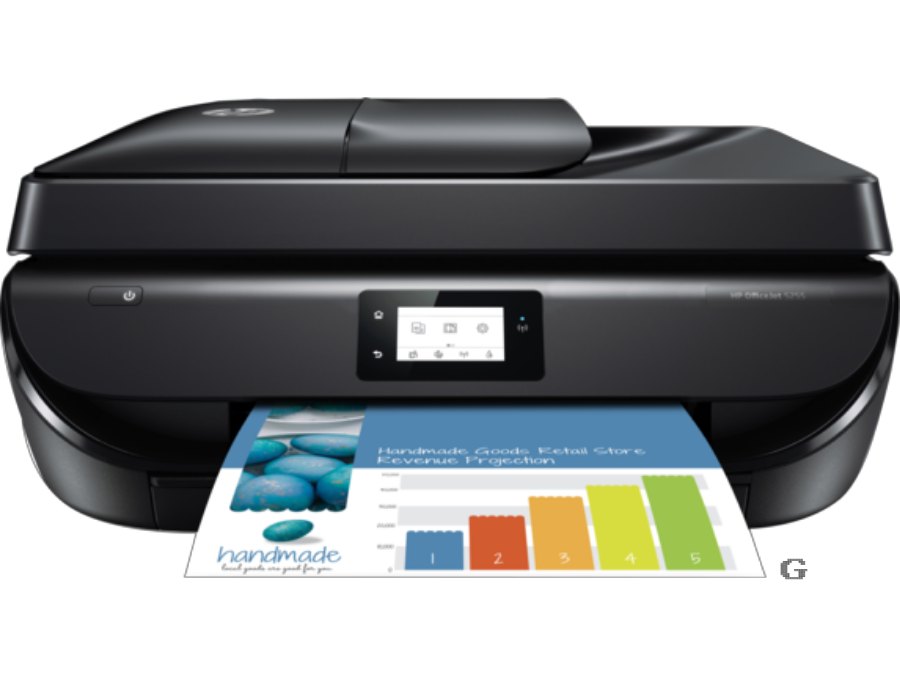If you want to monitor a printer's usage and know who, when, what and how many pages printed, you can do so through the event viewer of Windows.

If you want to know in your home, which user is "eating" the inks, you can monitor the use of the printer through the Windows Event Viewer. If you still run a business and have a print server deployed on Windows, you can use these logs to organize a simple print control solution that allows you to understand who has printed to your printers, when and how many pages.
Learn how to enable and configure print event logging in Windows, view print history in Event Viewer, and search or filter print events with FullEventLogView.
Enable print logging in Windows

Windows Event Log May also record printer usage. The command is disabled by default and you must enable it manually.
By activating it, it will start recording on SystemRoot%\System32\Winevt\Logs\Microsoft-Windows-PrintService%4Operational.evt when, which user, which file printed and how many pages it was.
To enable it you must first open the event viewer:
step 1 : Press the Win + R keys at the same time and in the run window that opens type eventvwr.msc and press the OK button.
step 2 : Go to “Application and Service Logs > Microsoft > Windows > PrintService”.
Step 3 : Right click on “Operational” and select “Enable Log”
![]()
Alternatively you can enable or disable the specific event log with the command at the Command prompt:wevtutil.exe sl Microsoft-Windows-PrintService/Operational /enabled:true
step 4 : Increase the size of this event log file and make it larger than the default 1MB. This will keep you print logs for a long time. Right-click again on “On” and click “Properties”. Set the “maximum log file size” at your discretion.
![]()
step 5 : You should enable a special setting in local group policy if you want the event log to show the name of the file sent for printing.
Press the Win + R keys at the same time and in the run window that opens type gpedit.msc and press the OK button.
step 6 : Go to “Computer Settings > Administrative Templates > Printers”.
step 7 : Enable “Allow job name in event logs” option
![]()
step 8 : Restart your computer or simply in Command Prompt give the command gpupdate /force for your change to local group policy to take effect.
Now all print events will be logged in the Event Viewer.
View print history
To see the print history open the event viewer (see above how) and go to “Application and service log > Microsoft > Windows > PrintService > Running”.
Find all events with Event ID 307 (Printing a document).
![]()
If you open the details of the above event you will read:
Document 2, iGuRu Real-time technology news owned by user dimitris on computer \\Dimitris – … printed on printer EPSON XP-243 245 247 TV Shows via the USB001 port. Size in bytes 102844. Pages printed 1. No user action required.
The event description contains:
![]()
Print log with FullEventLogView
Event Viewer does not allow for convenient print or search history statistics by date/user/document. You can edit and filter print events using NirSoft's FullEventLogView.
The application is portable, that is, it does not need installation and you can download it from here.





